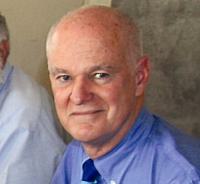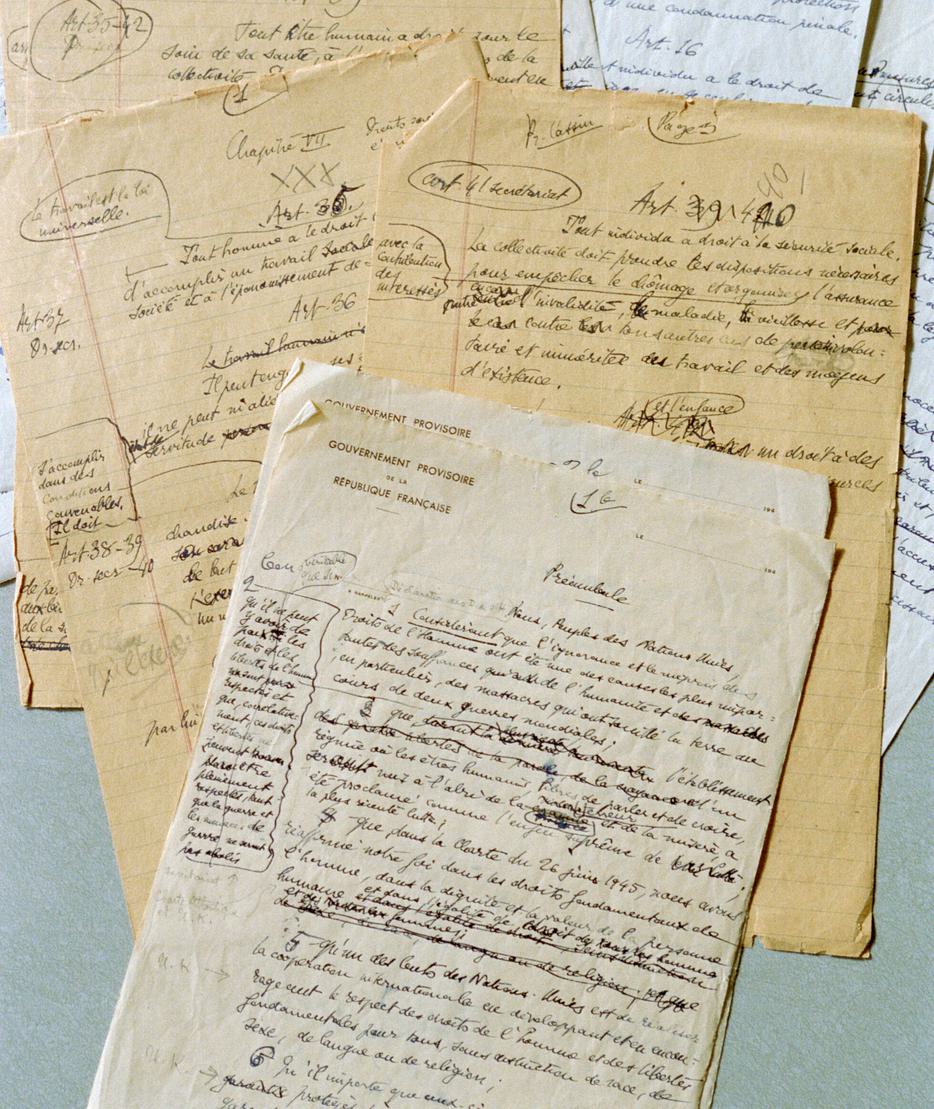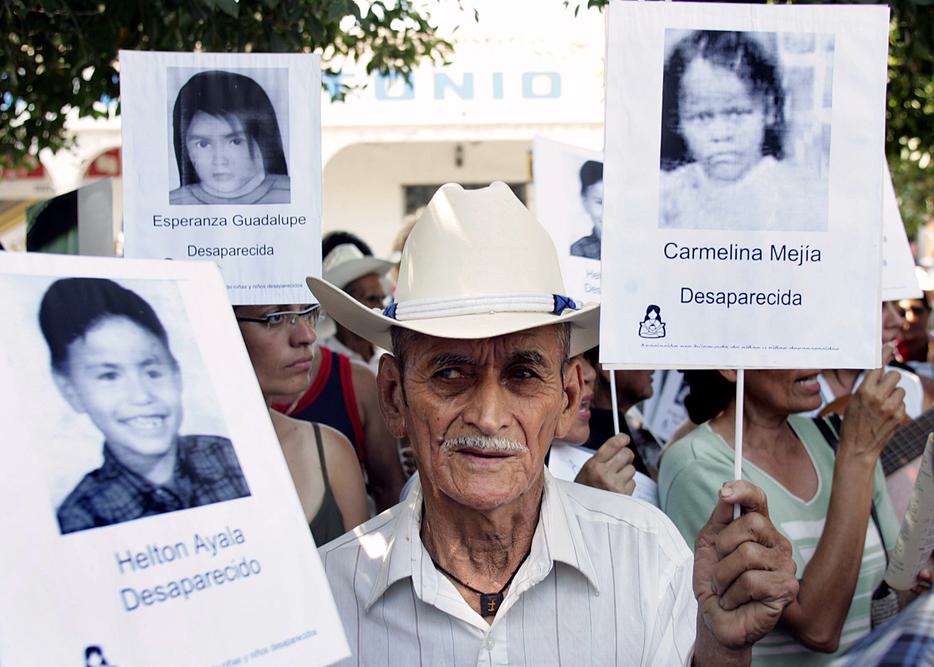SGI Quarterly

[Photo credit: © UN Photo/Greg Kinch]
Charlie Clements is a public health physician and human rights activist. In December 1997, he represented Physicians for Human Rights at the Anti-Personnel Mine Ban Convention signing in Ottawa, Canada, and also at the Nobel Prize ceremony for the International Campaign to Ban Landmines in Oslo, Norway. He is currently Executive Director of the Carr Center for Human Rights Policy at Harvard Kennedy School.
While both the Preamble of the Universal Declaration of Human Rights—”whereas a common understanding of these rights and freedoms is of the greatest importance for the full realization of this pledge”—and the body of the text itself—”keeping this Declaration in mind, [all nations] shall strive by teaching and education to promote respect for these rights and freedoms”—emphasize the importance of human rights education, it has only been with the information technology revolution that awareness and understanding of human rights have been able to infiltrate across authoritarian borders, bypass resistant bureaucracies and become easily accessible to communities around the world.
On the cusp of a UN Declaration on Human Rights Education and Training, it is useful for human rights educators to be conversant with the intensive efforts of the fledgling Human Rights Commission between 1946 and 1948 to ensure that their efforts were as inclusive as possible.
The Commission was assisted by the UNESCO philosophers’ committee, which fashioned a questionnaire to gather input from the world’s rich tapestries of rights—including Chinese, Islamic, Hindu, American and European perspectives on values, rights and legal traditions. Among those who provided insights were: Mahatma Gandhi of the Indian independence movement; Benedetto Croce, the Italian philosopher and historian; the Islamic philosopher and poet Humayun Kabir; the Chinese philosopher Chung-Shu Lo; and the Russian professor of law Boris Tchechko. There were 70 responses from around the world that guided them toward the commonality of the human experience as different as the sources and traditions may have been. The UNESCO committee and the framers of what would come to be called the Universal Declaration of Human Rights shared the belief, in the words of Commission member Jacques Maritain: "that men and women all over the world, have the right to live a life that is free from the haunting fear of poverty and insecurity. . . that science and the arts should combine to serve alike peace and the well-being, spiritual as well as material, of all men and women without discrimination of any kind."

An early draft version of the Universal Declaration of Human Rights. [Photo credit: © UN Photo/Greg Kinch]
The People Are Heaven
Looking back on the human rights paradigm that has been constructed in barely more than six decades, their optimism was well warranted, though little of it would come easily.
Though three persons are credited with drafting the initial document—the Lebanese philosopher Charles Malik, the Chinese philosopher Peng-chun Chang and the French jurist René Cassin—over the following 18 months the Declaration would be sculpted again word by word, sentence by sentence, paragraph by paragraph in committees, councils and reviews that culminated on December 10, 1948.
The unresolved question hovering at every moment was that of how much intrusion into the domestic affairs of states would be tolerated in the name of protecting human rights. Indeed, some historians would say that the last 60 years have been a struggle between the notions of human rights and national sovereignty.
A criticism often leveled at the Declaration is that human rights are grounded in western morality and that forcing these norms on non-western societies is a form of cultural imperialism. Human rights educators need to feel comfortable addressing this issue. While the Declaration has legitimate shortcomings, I don’t believe this is one of them.
I have had moments in my life as a human rights activist where the horizon was dark and I wondered if our collective efforts were making a difference.
In his Nobel Peace Prize acceptance speech in the year 2000, Kim Dae-jung addressed this criticism directly: "In Asia, long before the west, the respect for human dignity was written into systems of thought, and intellectual traditions upholding the concept of 'demos' took root. 'The people are heaven. The will of the people is the will of heaven. Revere the people, as you would heaven.' This was the central tenet in the political thoughts of China and Korea as early as three thousand years ago. Five centuries later in India, Buddhism rose to preach the supreme importance of one’s dignity and rights as a human being."
However, I believe a serious omission in the drafting of the Declaration was the lack of meaningful dialogue with indigenous cultures around the world, which were not consulted by the philosophers’ committee, nor were indigenous beliefs and values represented in the sacred and legal texts that were gathered for reference. Vast populations were represented only by their colonial masters. Indigenous cultures would not have been comfortable with the Declaration’s silence with regard to collective rights or environmental rights.
Though it took almost three decades to fashion, the 2007 Declaration on the Rights of Indigenous People is an important step toward redressing one of the omissions of the original Human Rights Commission.

A rally in Chalatenango, El Salvador, to commemorate young victims of the country’s civil war. [Photo credit: © AFP]
Justice and Peace
The American Civil Rights leader, the Reverend Martin Luther King, Jr., made famous the phrase “The arc of the moral universe is long, but it bends towards justice.” It was at a moment when he was trying to lift the spirit of activists who were being beaten in the streets and jailed for having the audacity to register to vote or to be served at lunch counters. I have had moments in my life as a human rights activist where the horizon was dark and I wondered if our collective efforts were making a difference. One of those moments was in the midst of the Salvadoran civil war, when I was told there were multiple victims of landmines, among them children, being carried on stretchers to the small hospital where I worked, and where we had only one set of surgical instruments and the capacity to operate on one patient at a time.
When Barack Obama spoke from Martin Luther King’s pulpit in Atlanta, Georgia, during his campaign for the US presidency, he quoted King’s famous words. He also reminded us that this moral arc is not bent by gravity, but rather by the determined efforts of men and women who will settle for nothing less than dignity and equality, the foundations of justice and peace. In difficult moments I, too, have been sustained by that belief.
In 1997, when I joined with human rights activists from around the world to witness the signing of an international treaty banning anti-personnel landmines, I remembered those children who were victims of landmines in El Salvador. I also thought of the thousands of activists around the world whose dogged belief in human rights made the treaty a reality. As a human rights educator, I understand that the Universal Declaration of Human Rights is an imperfect, perhaps incomplete, document, but I have every confidence that future generations will continue to improve upon both its aspirations and accomplishments. I’ve experienced its long arc, but again and again I have seen it bend toward justice.
Related Content


